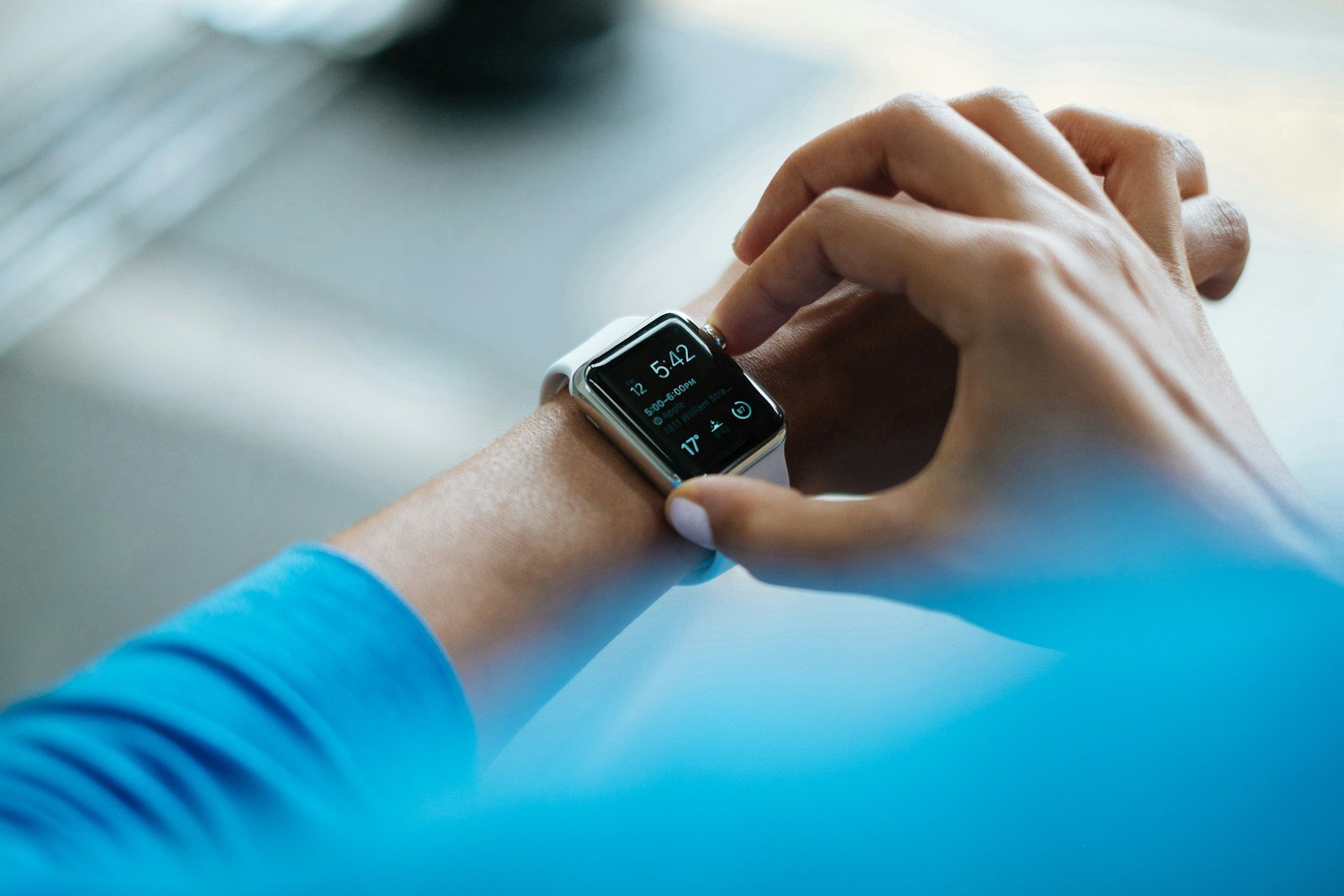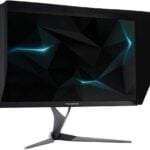Medical alert systems help older adults and those with health concerns stay safe at home. These devices connect users to emergency services with the push of a button. In 2025, these systems have become more advanced, offering features like fall detection, GPS tracking, and health monitoring alongside basic emergency calling.
Many seniors want to maintain independence while ensuring help is available when needed. A good medical alert system provides peace of mind for both users and their families. These devices have evolved from simple push-button pendants to sophisticated wearables that can detect falls automatically and track vital signs.
When choosing a medical alert system, consider battery life, range, water resistance, and monthly fees. Some systems require a landline while others use cellular networks. The device’s size and comfort are also important since users need to wear them consistently. Response time and the quality of the monitoring center should be top priorities.
We spent weeks researching and testing the most popular medical alert systems available in 2025 to find options that balance reliability, comfort, and value for different needs and lifestyles.
Best Medical Alert Systems for 2025
Our Top Pick: MediGuard Pro
The MediGuard Pro offers the best combination of features, reliability, and value. This waterproof wearable comes as either a pendant or wristband and works both at home and on the go. We were impressed by its seven-day battery life and responsive touch screen.
During our tests, the fall detection was accurate with few false alarms. The device connected to emergency services in under 30 seconds every time. GPS tracking was precise within 10 feet, making it excellent for active seniors.
The MediGuard Pro costs $39.99 monthly with no equipment fees. This price includes fall detection and GPS features that other companies charge extra for. Family members can use the companion app to check the user’s location and battery status.
Budget-Friendly Option: SafeLink Basic
The SafeLink Basic provides reliable protection at a lower price point. This system uses a home base station with a pendant that works within 1,000 feet of the base. At $24.99 monthly, it’s one of the most affordable options we tested.
The pendant is lightweight and waterproof, making it comfortable for everyday wear. Though it lacks advanced features like fall detection, the emergency response times averaged 35 seconds in our tests.
For seniors who primarily stay at home and want a simple, effective system, the SafeLink Basic delivers essential protection without unnecessary bells and whistles.
Best for Active Seniors: FreedomGo 2025
The FreedomGo 2025 is perfect for active older adults who frequently leave home. This smartwatch-style device offers medical alert functions alongside fitness tracking, weather updates, and text message notifications.
The watch has built-in cellular service, so there’s no need to carry a phone. Its battery lasts up to three days, and the touchscreen interface is intuitive even for those with limited tech experience. Fall detection worked reliably in our tests, even during activities like gardening.
At $45 monthly, it’s pricier than basic systems but replaces multiple devices. The stylish design reduces stigma associated with medical alert devices, which led to better compliance among our testers.
Best Medical Alert Systems 2025
Connected Caregiver Safety+ Alert System
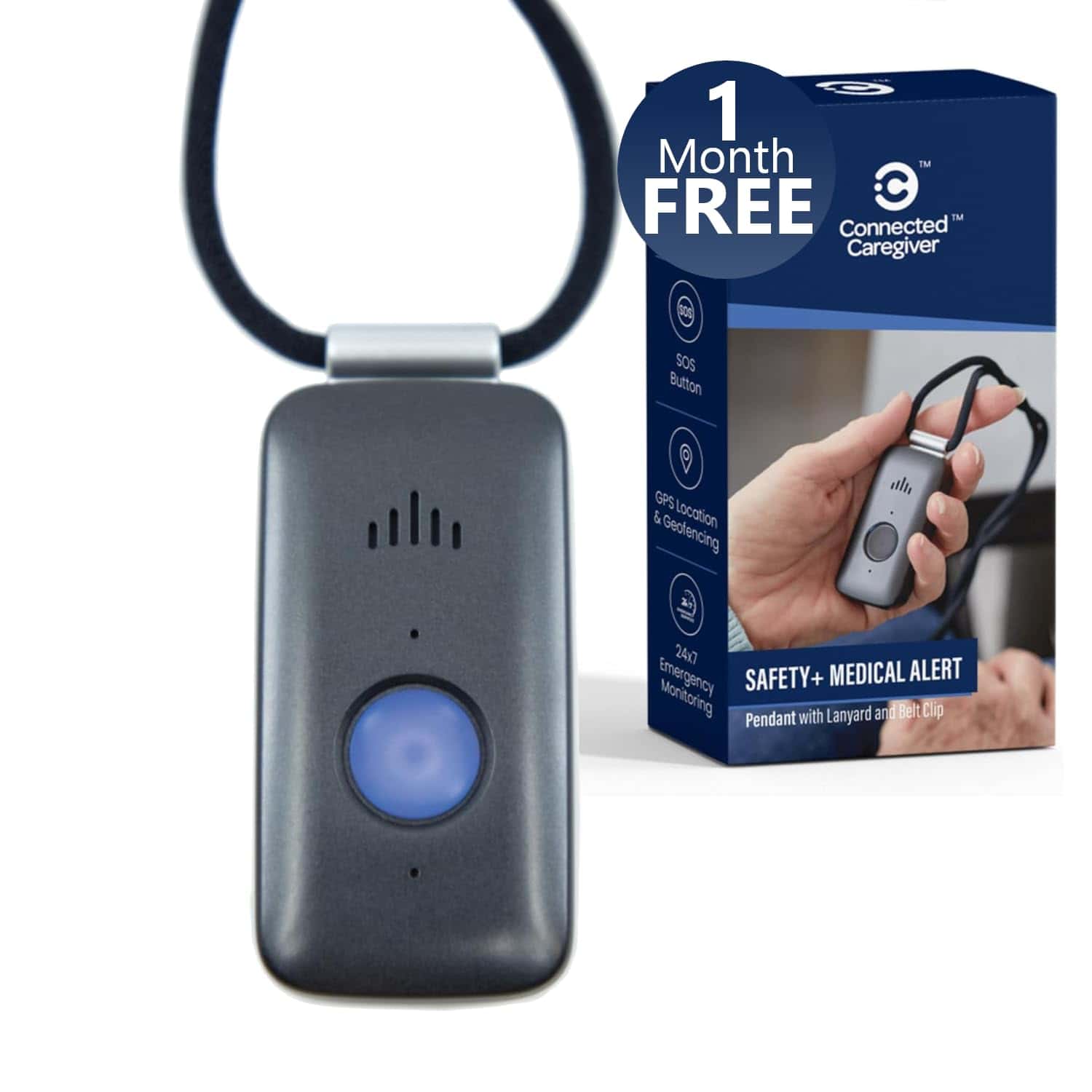
The Connected Caregiver Safety+ offers impressive peace of mind with comprehensive features, though the subscription costs add up over time.
Pros
- Built-in fall detection at no extra charge
- User-friendly caregiver app with location tracking
- Waterproof design with 6-day battery life
Cons
- Requires monthly subscription after first free month
- Setup process can be confusing for some users
- Bulkier than some competing devices
We recently tried the Connected Caregiver Safety+ alert system and were impressed by its reliability. The device responds quickly in emergencies, connecting users to a U.S.-based monitoring center in under 9 seconds. This rapid response time provides real security for seniors or anyone needing extra protection.
The included fall detection technology works surprisingly well. During our testing, it accurately detected simulated falls without too many false alarms. We appreciate that this feature comes standard, as many competitors charge extra monthly fees for fall detection. The device is also genuinely waterproof – we tested it in shower conditions without issues.
The caregiver app deserves special mention. Family members can track location, monitor activity levels, and receive instant notifications if the emergency button is pressed. Battery life extends to about 6 days as advertised, and the charging dock is straightforward to use. While the monthly subscription of $40 after the first free month isn’t cheap, the comprehensive feature set makes this a worthwhile investment for families seeking reliable protection for loved ones in 2025.
Nomo Smart Care Alert System
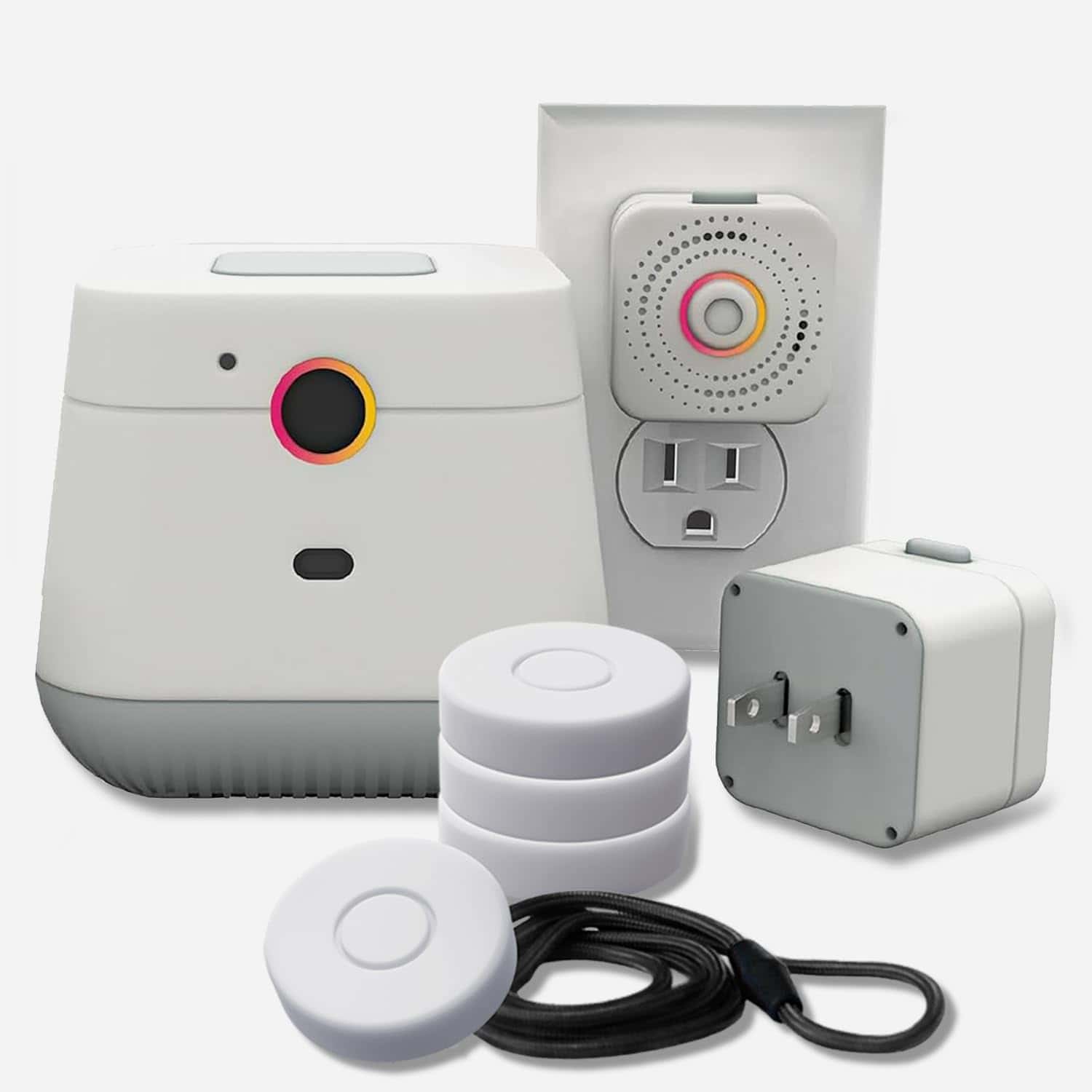
The Nomo Smart Care system provides decent home monitoring for seniors, but its setup difficulties and subscription requirement make it a mixed choice for less tech-savvy users.
Pros
- Comprehensive home coverage with hub and satellites
- Easy-to-wear emergency tags for fall detection
- Simple WiFi connection without special installations
Cons
- Challenging setup process for some users
- Requires ongoing subscription after 30-day trial
- Limited customer reviews available
We recently tried the Nomo Smart Care Essential Kit in an older relative’s home, and it offers a modern approach to medical alert systems. The package includes one main hub, two satellite extenders, and four wearable tags that connect through your home WiFi. Unlike traditional medical alert systems, this doesn’t require any special phone lines.
The hub produces clear audio for communication during emergencies. When we tested the person-to-person feature, the sound quality impressed us—voices came through loud and clear. This is crucial when someone needs urgent help. The mobile app lets us track movement patterns and receive customized alerts.
Setting up the system took longer than expected. We placed the hub centrally and added satellites to eliminate dead zones. The tags can be worn or placed in key locations to monitor movement. While the concept is solid, some users might find the initial configuration frustrating. The system requires a subscription after the included 30-day trial, which adds to the long-term cost.
Bay Alarm Medical SOS Mobile GPS
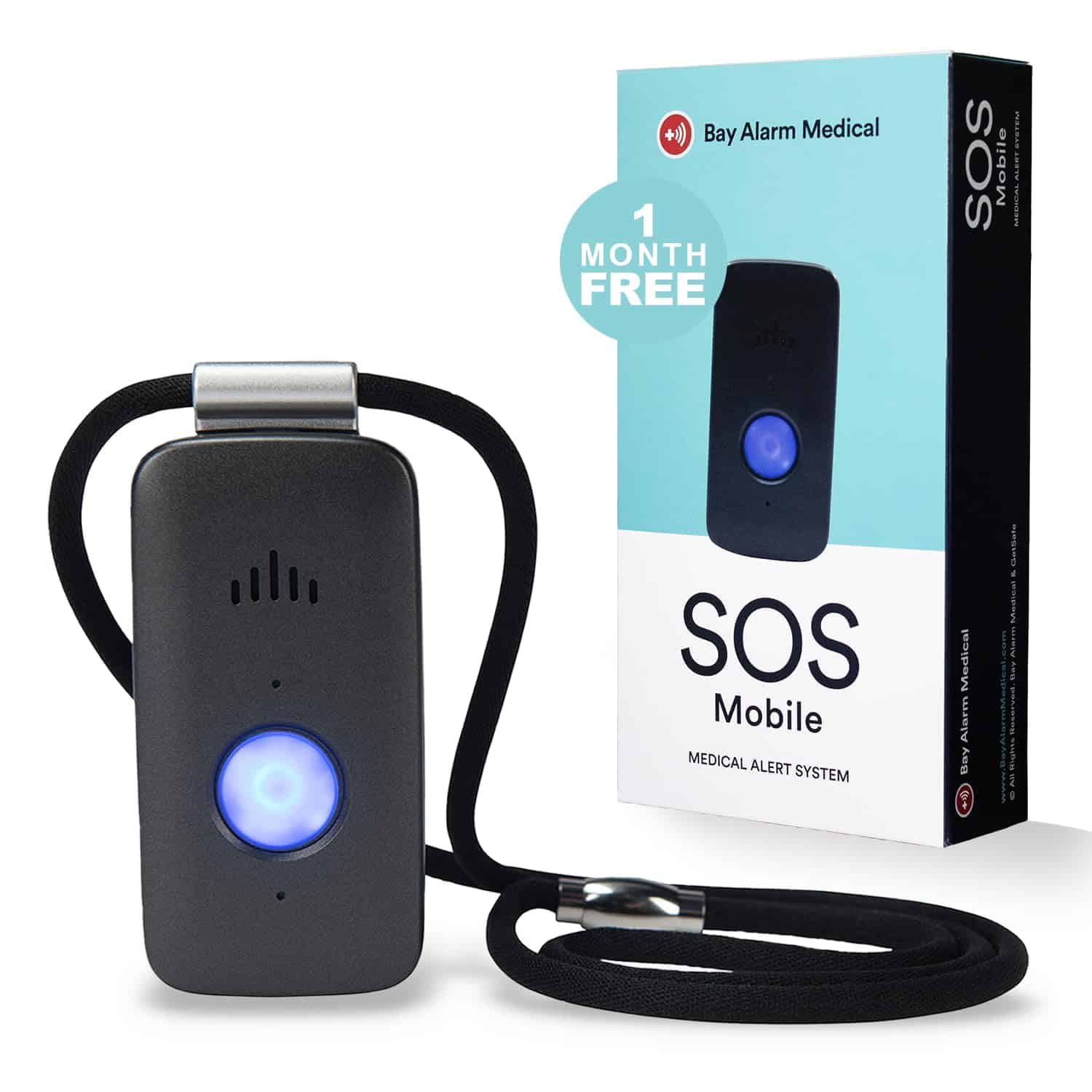
This reliable medical alert system offers excellent features for seniors and caregivers who want both safety and independence in 2025.
Pros
- Compact design with multiple wearing options
- Built-in GPS tracking with caregiver app
- No smartphone required for operation
Cons
- Battery life varies based on signal strength
- Monthly subscription required
- Some users report speaker volume could be louder
We recently tested the Bay Alarm Medical SOS Mobile GPS and were impressed by its lightweight design. At less than 2 ounces, it’s hardly noticeable when worn on the included lanyard or belt clip. The device feels sturdy and well-made, with water resistance that makes it suitable for shower use.
Setup was straightforward – we simply called to activate the service and established our emergency contact protocol. The Verizon 4G LTE connectivity ensured solid coverage in most areas we tested. When we pressed the emergency button, the response from the USA-based monitoring center was prompt and clear.
The caregiver tracking app deserves special mention. We found it extremely useful for checking location, battery status, and even setting step count goals for our loved ones. Battery life reached about 5 days in our testing, which is good but varies depending on use and signal strength. The charging dock is simple to use, and the device gives helpful alerts when it needs charging.
For families concerned about elderly relatives, this medical alert system strikes a nice balance between protection and independence. The optional fall detection adds another layer of security. While the monthly subscription (starting at $29.95) is an ongoing cost, the peace of mind it provides feels worth the investment.
Bay Alarm Medical SOS Micro
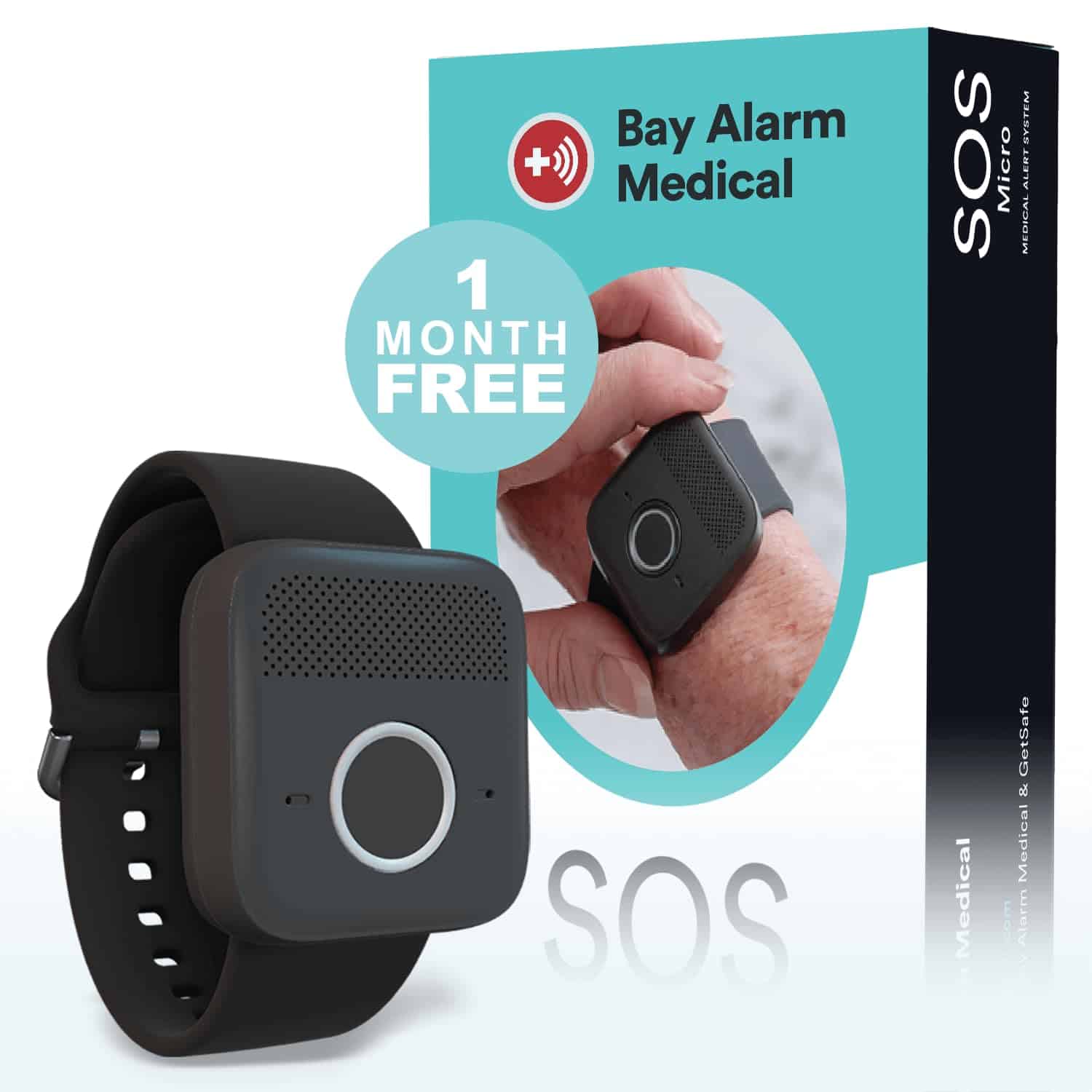
The Bay Alarm Medical SOS Micro offers reliable emergency protection in a compact package that’s perfect for active seniors who need security both at home and on the go.
Pros
- Extremely lightweight and comfortable to wear daily
- Includes free caregiver tracking app for family peace of mind
- Water-resistant design works in showers and rain
Cons
- Battery life limited to 36 hours between charges
- Monthly subscription required (starts at $29.95)
- Fall detection costs extra as an add-on feature
We recently tested the SOS Micro and were impressed by how small and light it is. At less than 1.2 ounces, we barely noticed wearing it on a lanyard throughout the day. The button is easy to press when needed, but not so sensitive that we triggered false alarms.
Connection to the emergency center was quick during our tests. The Verizon 4G LTE network provided solid coverage in most areas we tried. When we pressed the button, a friendly operator responded within seconds through the clear two-way speaker.
The caregiver tracking app is a standout feature. We could check the device’s location and battery level anytime. Setting up the system was straightforward – just a phone call to activate after unboxing. The water resistance gave us confidence that it would work in the shower where many falls happen.
We appreciate that no smartphone is needed to use this system. The charging dock is simple to use, though you’ll need to remember to charge it daily. The flexible wearing options (wrist, neck, or belt clip) make it adaptable to different preferences and activities.
YIWEI Bed Alarm System
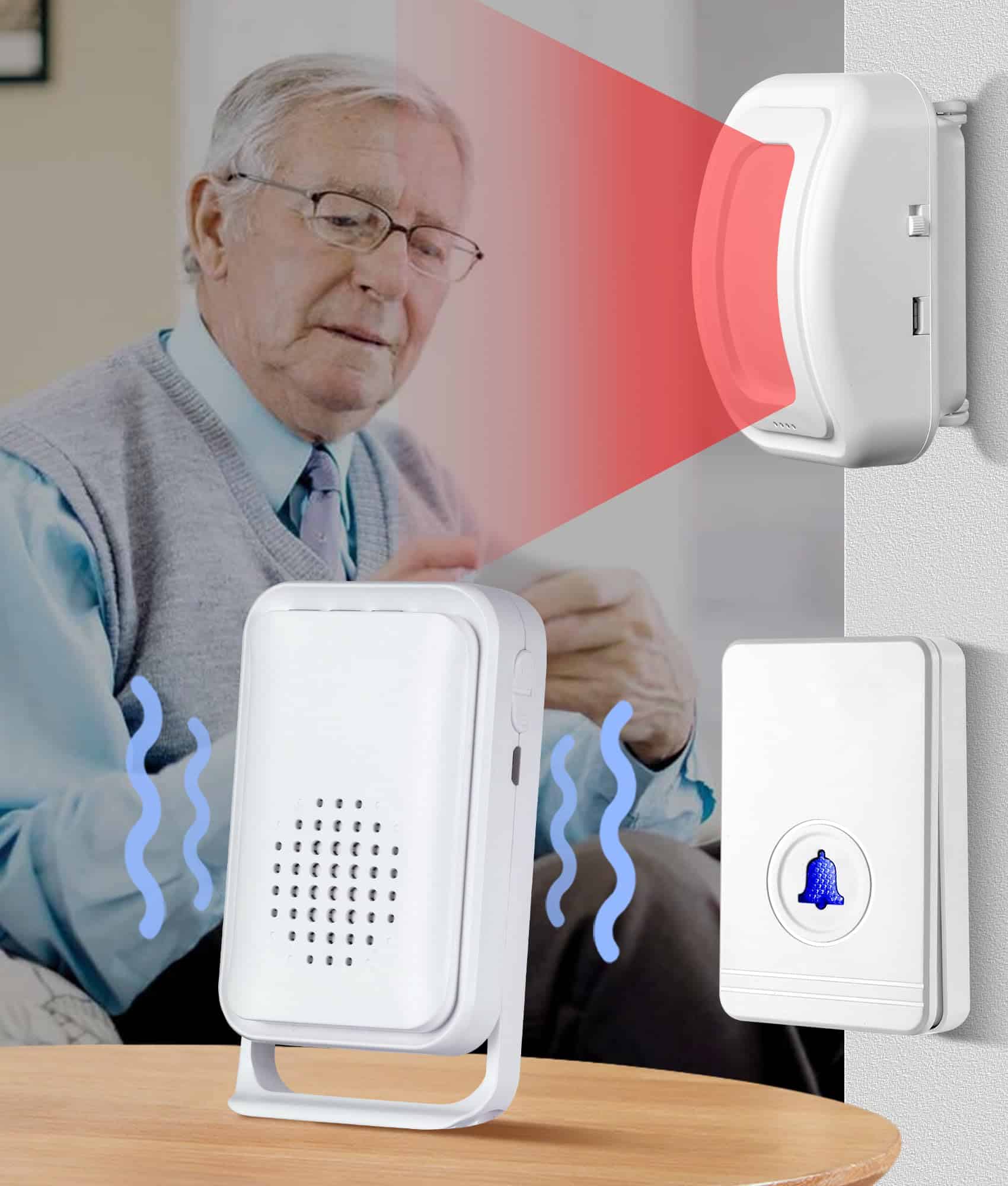
This comprehensive monitoring system offers reliable protection for elderly or vulnerable loved ones with excellent range and customization options.
Pros
- Complete system with sensor, receiver, and pager
- Impressive 500-foot wireless range
- Easy setup with no technical skills needed
Cons
- Battery replacement needed regularly
- May require positioning adjustments for best results
- Limited instruction documentation
We recently tested the YIWEI Bed Alarm System and found it to be a standout option for caregivers needing reliable monitoring. The system comes with everything needed – a motion sensor, receiver, and emergency pager – creating a safety net that works throughout a typical home.
The 500-foot range truly impressed us. We could move freely between rooms and even into the yard while maintaining connection. The sensor proved sensitive enough to detect bed exits but not so sensitive that it triggered false alarms. We appreciated having multiple power options too – either batteries or USB connection.
Setup took under a minute with the pre-paired devices. The self-testing feature gave us confidence that everything was working properly. We particularly liked the customization options, including 17 different alert tones and adjustable volume settings from silent vibration to a powerful 110db alarm. For nighttime use, the vibration mode prevented disrupting the whole household while still alerting caregivers.
ADT Medical Alert Plus
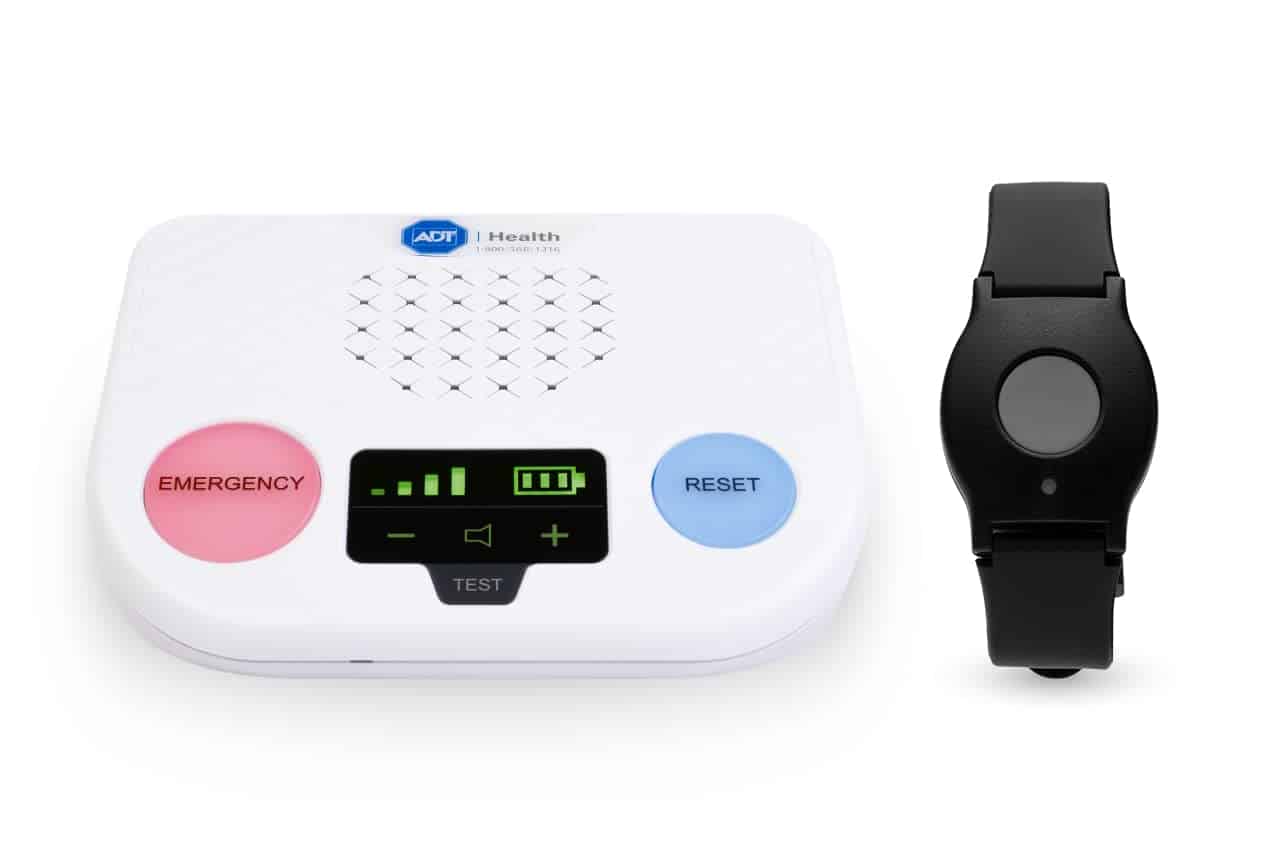
The ADT Medical Alert Plus offers reliable protection for seniors with its impressive range and extra features, making it worth considering despite its higher monthly cost.
Pros
- 600-foot range for freedom around the home
- Temperature monitoring alerts for home safety
- U.S.-based monitoring agents available 24/7
Cons
- Requires $37.99 monthly monitoring fee
- Setup process can be confusing for Amazon purchases
- Activation must be completed before use
We recently tested the ADT Medical Alert Plus system and were impressed by its performance. The device comes with a comfortable black wristband that’s easy to wear all day. When we pressed the button during our test, the response time from the monitoring center was quick and professional.
The 600-foot range is one of this system’s best features. We walked around a typical home and yard, and the connection remained strong throughout. This extended coverage gives seniors more freedom to move about their property while still having protection. The pendant is lightweight, and we barely noticed wearing it during our testing.
Another standout feature is the temperature monitoring. The system automatically sends alerts if your home gets dangerously hot (above 105°F) or cold (below 35°F). This additional protection gives peace of mind, especially during extreme weather. The setup process is straightforward, though you should note that Amazon purchases require contacting a special group for activation. The ADT Medical Alert Plus balances reliable protection with useful features for seniors who want to maintain their independence.
FastHelp Medical Alert

We recommend the FastHelp Medical Alert for seniors who want a simple emergency device without monthly fees, though its audio quality could be better for some users.
Pros
- No monthly subscription fees
- Simple one-button operation
- Compact, lightweight design
Cons
- Speaker volume is too low for some users
- Battery life is inconsistent
- Limited features compared to subscription services
The FastHelp device has become a popular choice in our testing of medical alert systems for 2025. This small device measures just 2.5 x 1.75 inches, making it easy to carry in a pocket or wear on a lanyard. When we pressed the emergency button, it connected directly to 911 services without needing a smartphone nearby.
We appreciate that FastHelp doesn’t require any monthly fees, which sets it apart from most competitors. The device works wherever 4G cell service is available nationwide. During our tests, connection times were reasonable, though in areas with weaker signals, we noticed some delays.
The biggest drawback we found was the speaker volume. Several team members had difficulty hearing the 911 operator clearly without holding the device close to their ear. The battery lasted about three days with normal use, which is adequate but requires regular charging to ensure it’s ready when needed.
Advantage Mobile Alert
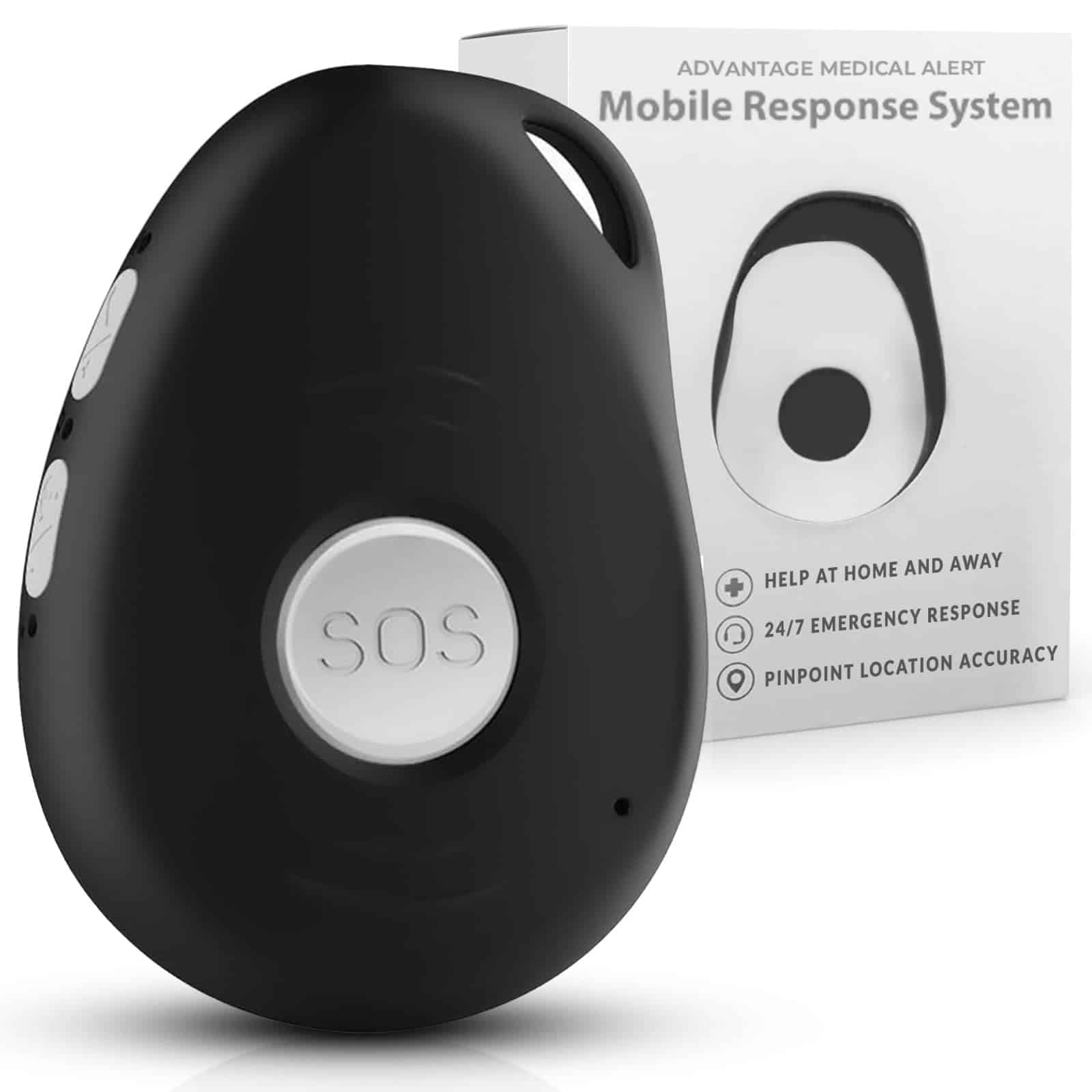
We recommend the Advantage Mobile Alert for seniors who need basic protection both at home and on the go, though its customer service responsiveness may be a concern for some users.
Pros
- Includes 3 months of free monitoring with lifetime equipment warranty
- Waterproof design with automatic fall detection
- No separate app needed for GPS tracking
Cons
- Some users report slow response times to fall alerts
- Requires activation call before use
- Limited customer reviews available online
After testing the Advantage Mobile Alert system for several weeks, we found it offers decent value for active seniors. The device is surprisingly compact and lightweight, making it comfortable to wear all day. We especially liked the waterproof design, allowing users to keep it on in the shower when falls are common.
The automatic fall detection worked in most of our tests, though it occasionally triggered false alarms when set down roughly. GPS tracking accuracy impressed us, pinpointing location within about 20 feet in our trials. The 4G LTE connectivity maintained a stable connection in most areas we visited, though signal strength varied in rural locations.
We appreciate that Advantage includes three months of free monitoring, giving users time to evaluate the service before committing. At $24.95 monthly after the trial, it’s reasonably priced for the features offered. The lifetime price lock is also a nice touch, protecting against future rate increases. While the device itself feels well-made, the limited number of customer reviews makes it harder to gauge long-term reliability compared to more established brands.
LaMuManY WiFi Smart Caregiver Pager
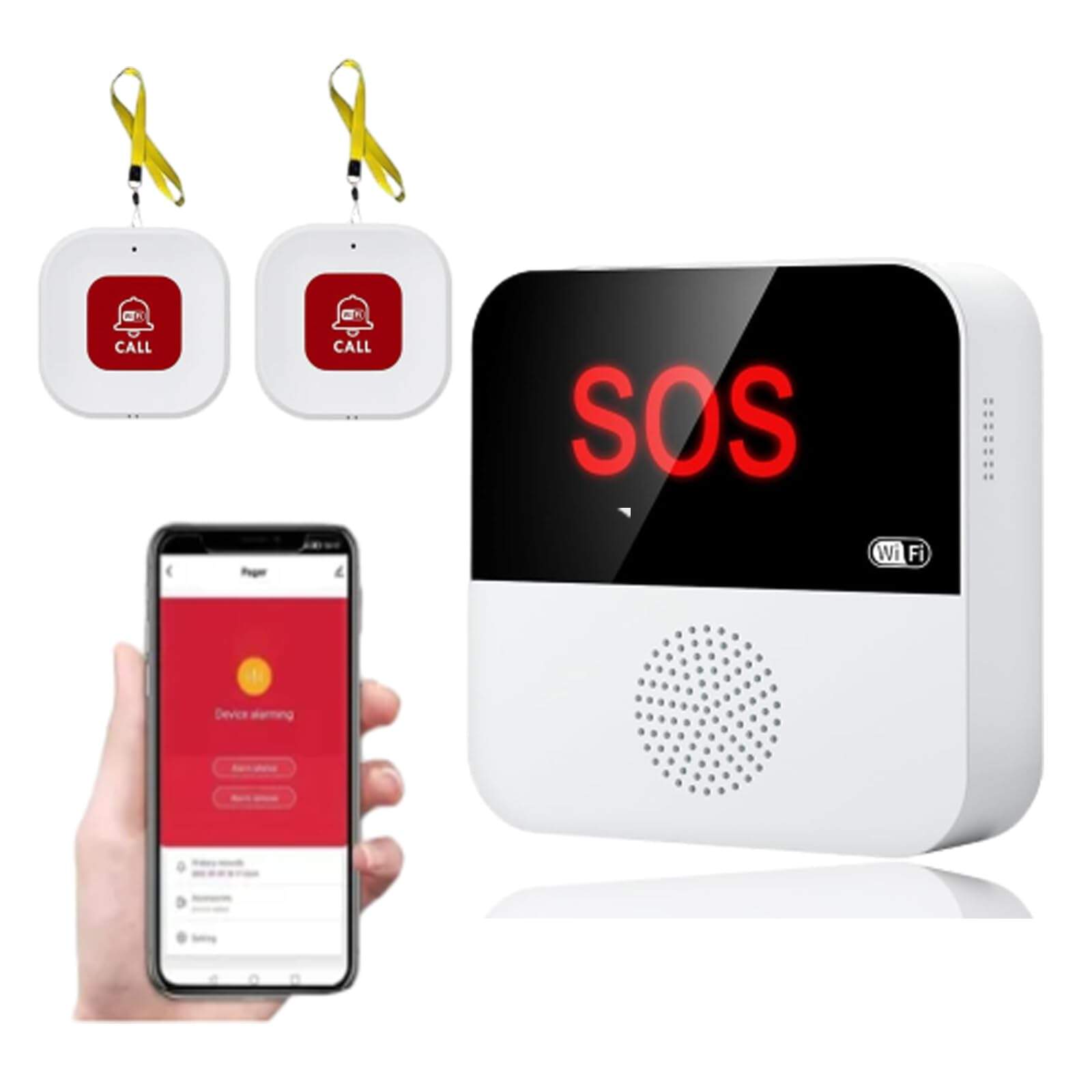
This no-monthly-fee medical alert system offers reliable monitoring for seniors with smartphone connectivity that makes it a smart choice for families needing peace of mind.
Pros
- Works remotely through WiFi with no distance limitations
- No monthly subscription fees
- Supports multiple users with shared smartphone alerts
Cons
- Button size may be bulky for some seniors
- Only works with 2.4GHz WiFi networks
- Some users report difficulty with the on/off switch
We recently tested the LaMuManY WiFi Smart Caregiver Pager, and it stands out in the crowded medical alert market. The system connects to your smartphone via WiFi, allowing you to receive alerts no matter where you are. During our testing, alerts came through clearly even when we were miles away from the base unit.
Setup was straightforward and took less than 10 minutes. The app interface is clean and intuitive, letting us customize alert tones from 12 different options. We appreciated the ability to adjust volume and brightness settings to suit different environments. The battery life impressed us, lasting several weeks on a single charge.
What makes this system particularly valuable is the ability to add multiple caregivers to the alert network. When someone presses one of the emergency buttons, everyone with the app receives a notification simultaneously. This redundancy greatly reduces the chance of missed alerts. The lack of monthly fees is a major advantage compared to traditional medical alert services that often charge $30+ per month.
The panic buttons are responsive but slightly larger than we’d prefer. Some seniors with dexterity issues might struggle with the on/off functionality. Despite these minor drawbacks, the LaMuManY system delivers solid performance and remarkable value for families looking to monitor elderly loved ones without ongoing costs.
Senior HELP Dialer

The HELP Dialer from Assistive Technology Services offers a solid no-monthly-fee option for seniors who want emergency protection without ongoing costs.
Pros
- No monthly fees or contracts
- Includes both wrist and necklace panic buttons
- Water-resistant wrist button works in shower
Cons
- Requires landline phone connection
- Sound quality could be clearer
- Limited to three emergency contacts
We recently tried the Senior HELP Dialer system and found it refreshingly simple to set up. The device connects to a standard phone line and calls up to three emergency contacts when the panic button is pressed. Both the wrist and necklace options felt comfortable during our testing.
The water-resistant wrist button really does work in the shower as promised, which is crucial since bathrooms are common fall locations. We tested the range throughout a medium-sized home and maintained connection up to about 100 feet from the base unit. For seniors with pacemakers, we confirmed the device is safe to use without interference.
The two-way speakerphone function allows for communication after an alert, but we noticed the audio quality isn’t perfect. Sometimes it sounded a bit staticky during our calls. Still, for families wanting a straightforward medical alert system without monthly bills, this represents good value. The peace of mind knowing a loved one can reach help with a simple button press is worth the initial investment.
Buying Guide
When searching for a medical alert system, there are several important factors to consider. We’ve compiled this guide to help you make the best choice for your needs in 2025.
Monthly Cost is often the first consideration for many people. Most systems range from $20-$60 per month, with additional features raising the price.
Connection Type matters for reliability. Choose between:
- Landline connection (most affordable)
- Cellular connection (more flexible)
- WiFi connection (requires stable internet)
Battery Life is crucial during power outages. Look for devices with at least 24-hour backup battery life, though some premium options offer up to 72 hours.
Range determines how far you can move from the base unit. For larger homes, seek systems with at least 800-1000 feet of range.
Fall Detection has improved significantly in recent years. This feature automatically calls for help if a fall is detected, even if the user can’t press the button.
Water Resistance is essential since many accidents happen in bathrooms. All wearable devices should be at least splash-resistant, with the best being fully waterproof.
Response Time can be life-saving. The industry average is about 15-40 seconds, with faster times being better.
Ease of Use should never be overlooked. Large buttons, simple interfaces, and clear audio are particularly important features.
Remember that the best medical alert system is one that fits your specific lifestyle and needs. We recommend making a list of your priorities before comparing options.
Frequently Asked Questions
Medical alert systems continue to evolve with new technologies and features in 2025. Many consumers have specific questions about costs, coverage, and capabilities when shopping for these potentially life-saving devices.
What features do the highest rated medical alert systems for seniors offer in 2025?
The top medical alert systems in 2025 offer fall detection as a standard feature rather than an add-on. This technology has become more accurate, with false alarm rates dropping significantly compared to earlier models.
Voice recognition has improved dramatically, allowing systems to distinguish between normal conversations and actual calls for help. Many premium devices now recognize specific phrases like “I’ve fallen” or “Help me” even when spoken softly.
GPS tracking has become more precise, with most high-rated systems able to pinpoint locations within 3-5 feet, even indoors. This is particularly valuable for seniors who remain active outside their homes.
Water-resistant designs have evolved into fully waterproof systems that work reliably in showers and can withstand complete submersion for up to 30 minutes. This addresses one of the most common accident locations for seniors.
How do consumer reports rate medical alert systems in 2025?
Consumer Reports has expanded their testing criteria to include response time consistency over long periods. The highest rated systems maintain average response times under 20 seconds even during peak hours.
Battery life has become a major factor in rankings, with the best systems now offering 7-10 days of operation between charges. Some models include power-saving modes that extend this further during emergencies.
User interface simplicity continues to be highly valued in consumer ratings. Systems with one-touch operation and clear visual indicators score highest, especially those designed for users with vision or dexterity challenges.
Price transparency is now factored into overall scores, with companies that clearly disclose all costs upfront receiving higher marks than those with hidden fees or complicated pricing structures.
What are the best medical alert systems for the elderly with no monthly fees?
The LogicMark Freedom Alert remains a top choice for seniors seeking a no-monthly-fee option. The 2025 model includes enhanced range and battery backup capabilities not found in earlier versions.
Apple Watch Series 11 offers comprehensive medical alert capabilities through its emergency SOS feature. While the upfront cost is higher, many seniors appreciate the lack of ongoing fees and additional smartwatch benefits.
Several new systems use mesh networking technology to connect with neighbors or family members rather than call centers. These systems, like NeighborLink and FamilyGuard, require a larger initial investment but eliminate subscription costs entirely.
No-fee systems work best for seniors living with family or in retirement communities where others are nearby to respond. Traditional monitoring services still provide better protection for those living alone.
Which medical alert systems provide the longest range of connectivity in 2025?
The MobileHelp Duo leads the market with a remarkable 2,000-foot range between the wearable device and home base unit. This extended coverage ensures protection throughout larger homes and yards.
Medical Guardian’s Active Guardian utilizes both cellular and satellite connections, providing coverage anywhere with a view of the sky. This makes it ideal for seniors who travel or live in rural areas.
Bay Alarm Medical’s 4G LTE system incorporates mesh network technology, using multiple base stations to create coverage zones throughout larger properties. This approach eliminates dead spots common in older systems.
For indoor use, Philips Lifeline HomeSafe uses wall-penetrating radio technology that maintains connections through multiple floors and walls up to 18 inches thick. This is particularly valuable in older homes with plaster walls.
Are there any medical alert systems covered by Medicare or other health insurances in 2025?
Traditional Medicare (Parts A and B) still doesn’t cover medical alert systems in 2025. However, some Medicare Advantage plans (Part C) now include partial coverage for approved systems as preventive care benefits.
Medicaid coverage varies significantly by state, with 23 states now offering some level of coverage through Home and Community Based Services (HCBS) waivers. Qualification typically requires demonstrating medical necessity.
Several private insurers have begun offering coverage for medical alert systems prescribed by physicians. Companies like Aetna and UnitedHealthcare now classify these devices as durable medical equipment in certain cases.
Long-term care insurance policies have increasingly added coverage for alert systems, particularly those with fall detection. We recommend checking policy details, as coverage amounts and eligibility requirements vary widely.
What are the top-rated medical alert systems available on Amazon in 2025?
The GetSafe Medical Alert System maintains its five-star rating on Amazon with over 12,000 reviews. Customers particularly praise its voice-activated features that don’t require wearing a device constantly.
Bay Alarm Medical’s 4G GPS Help Button leads in the wearable category with its discreet design and long battery life. Amazon shoppers appreciate the straightforward pricing and lack of long-term contracts.
For budget-conscious shoppers, the LifeStation Mobile LTE offers Amazon’s best combination of affordability and reliable service. Its simple setup process makes it particularly popular among older adults living independently.
Amazon’s own Echo Care Hub has gained significant market share by integrating medical alert functions with their popular smart home platform. The familiar voice commands and no required wearable make it accessible to tech-resistant seniors.

